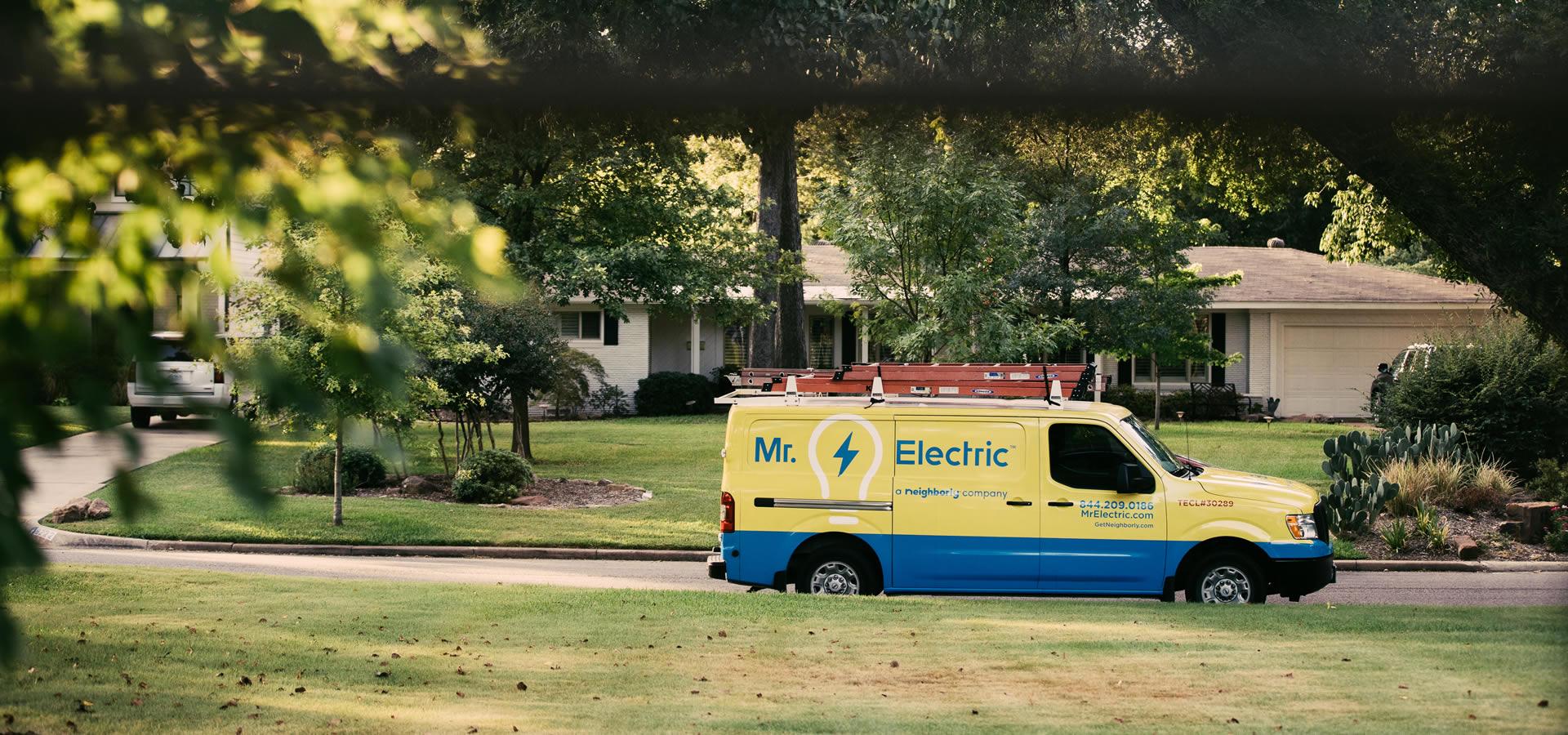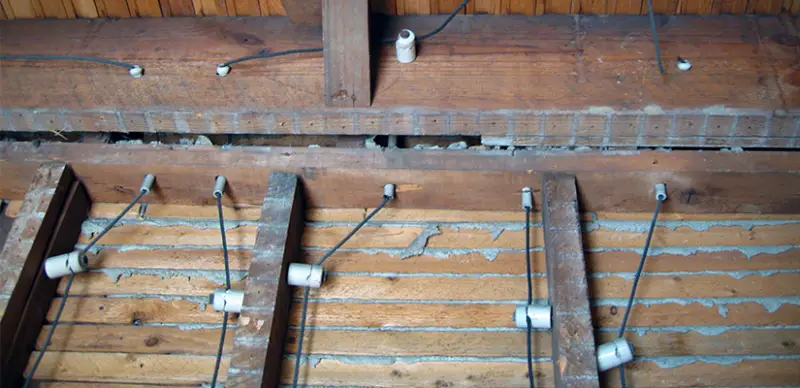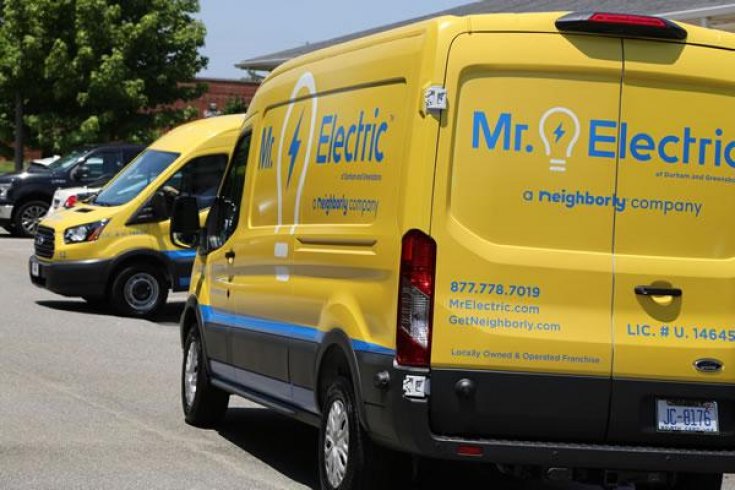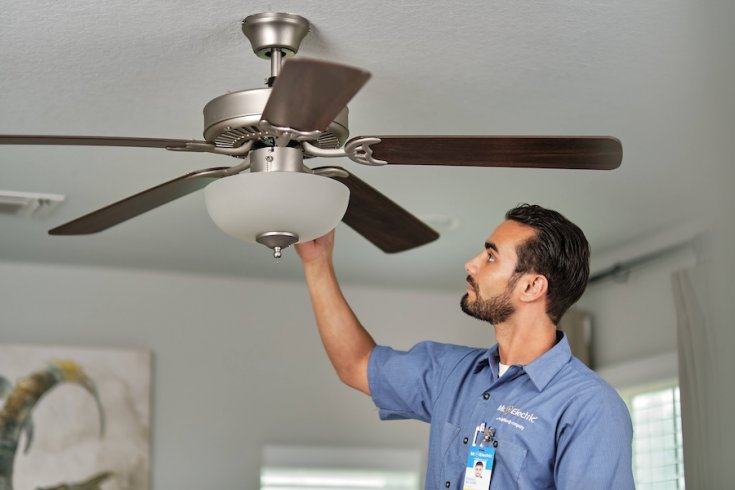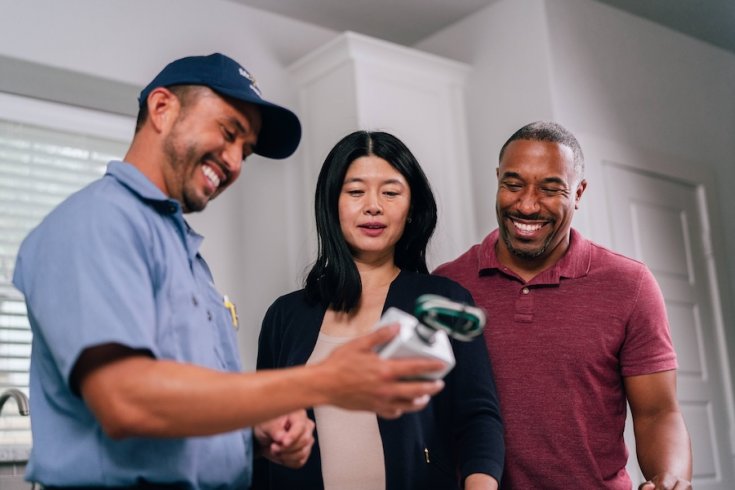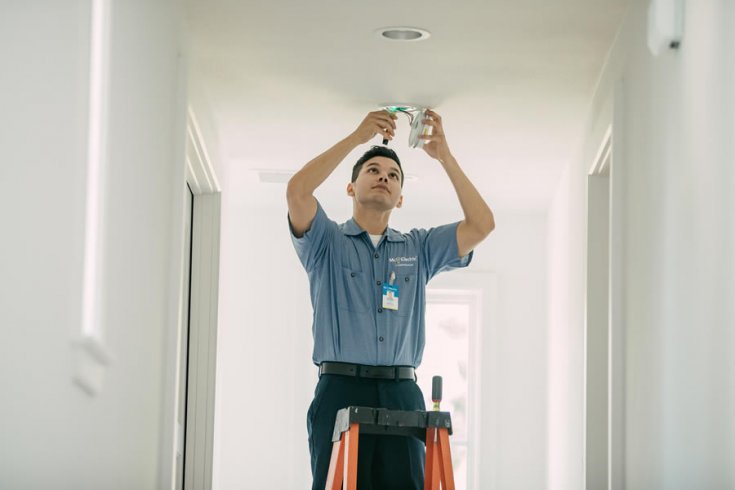Is Knob and Tube Wiring Safe?
Knob and tube wiring is an old-fashioned electrical wiring system that was commonly used in homes from the 1880s through the 1940s. If you live in an older home, there’s a chance you have this outdated style of wiring. Even if it’s in good condition, there are several potential safety concerns associated with knob and tube wiring. In this article, Mr. Electric discusses the potential dangers of knob and tube wiring and what to do if you have this type of wiring in your property.
What Is Knob And Tube Wiring?
Knob and tube wiring (K&T) features two single-conductor cables, one hot and one neutral, running through porcelain knobs and tubes. This type of wiring looks just like the name suggests. You can identify it by its distinctive visible knobs made of ceramic material securing the insulated wires along ceilings or walls and the ceramic tubes protecting the wires where they pass through beams or joists.
Typical Problems with Knob and Tube Wiring
Knob and tube is a two-wire system lacking a ground wire. Modern appliances and electronics rely on grounding to provide a safe path for excess current in case of faults. Without grounding, there's a higher risk of electrical shock and potential damage to your electronics.
Knob and tube wiring can be a fire hazard due to overheating, loose connections, and brittle insulation. The limited capacity of this type of wiring can't handle today's electrical demands. If you overload your circuits or the connections loosen, there could be excessive heat buildup that can ignite nearby combustible materials.
The insulation on knob and tube wires deteriorates over time. This exposes live wires, creating a shock hazard for anyone who comes into contact with them. Besides, exposed wires can also arc or spark, leading to fire dangers.
The lack of proper grounding and potential for exposed live wires due to degraded insulation significantly increase the risk of electrical shock. This can be dangerous, especially in damp environments like bathrooms or kitchens.
Should You Replace Your Knob and Tube Wiring?
Whether or not you should replace your knob and tube wiring depends on its condition and your electrical needs. If the insulation is brittle or deteriorating, it’s a good idea to call a nearby electrical repair service for an inspection. Replacement is also advisable if thermal insulation has been added over knob and tube wiring, as it increases the risk of overheating and fire.
It’s also important to note that knob and tube wiring can’t handle today’s demand for electricity. The average household uses significantly more power than it did when K&T wiring was common. This increased demand puts stress on the older wiring system, leading to several potential problems such as overheating, damaged insulation, and hidden hazards.
Mr. Electric Will Make Sure Your Electrical Wiring Is Safe
Do you have knob and tube wiring in your property? Then contact Mr. Electric for an electrical inspection. Our licensed and experienced electricians can inspect your current wiring, let you know if it’s outdated, and install a modern electrical system. We also provide a variety of electrical services as well, including electrical panel replacement, dedicated circuit installation, attic fan installation, lighting repair, and many more.


